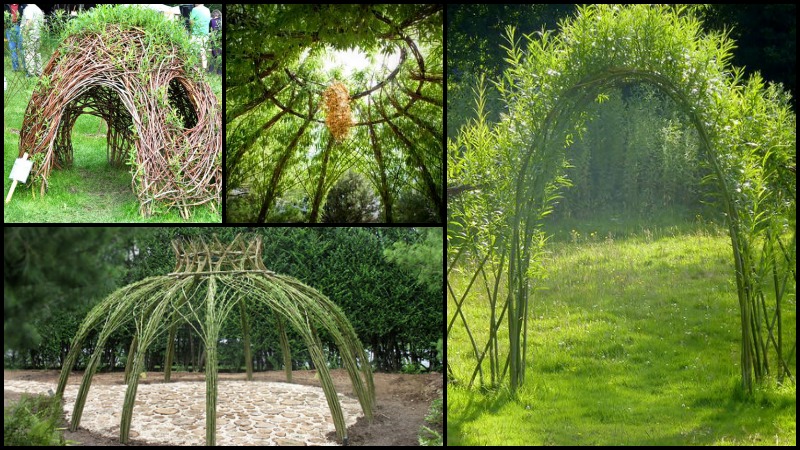
Could you use a unique centerpiece and personal retreat in your backyard or garden? You can never go wrong with these living willow structures!
It can also be used indoors and outdoors for party, wedding ceremony, photo prop.
Adding a willow structure to your backyard turns it into a place where you can relax and unwind. A living willow structure doesn’t only aesthetically improve your yard, but also provides shade, and fresh air, for enjoying the outdoors. Isn’t it a great way to add another living room to your home?
What’s great about building one is that you don’t need to be an expert builder. You’re actually growing the structure. All it takes is time and patience. When it’s grown to the right size, you can then transform the willows into the structure you desire. Add a couple of pieces of outdoor furniture and cushions and you have your own backyard retreat!
Thinking of building your own? The list we have below are some of the willow sculptures anyone can try doing on their own.
Which of these would you like to have in your backyard?
9 Unique Living Willow Structures
Contents
Click on any image to start the lightbox display. Use your Esc key to close the lightbox. You can also view the images as a slideshow if you prefer ![]()
Willow Hut
Cozy and inviting, the Willow Hut is the perfect backyard escape. Constructed from interwoven willows, this quaint structure forms a small, dome-shaped retreat. It’s ideal for reading, relaxing, or enjoying a quiet moment in nature. As the willows mature, the hut becomes a leafy haven, blending effortlessly into your garden landscape.
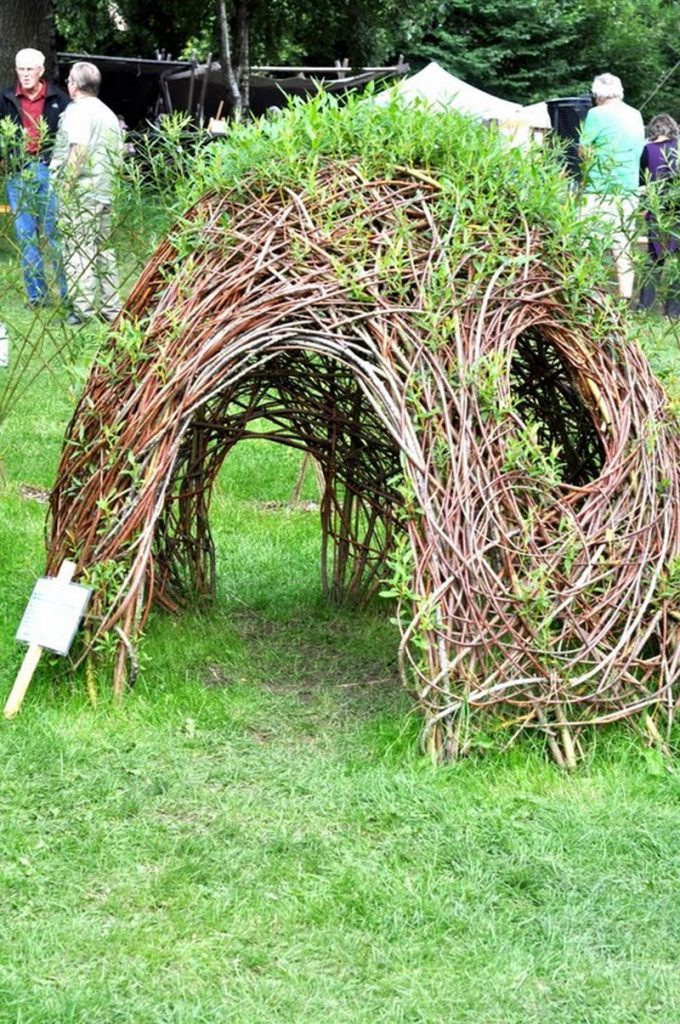
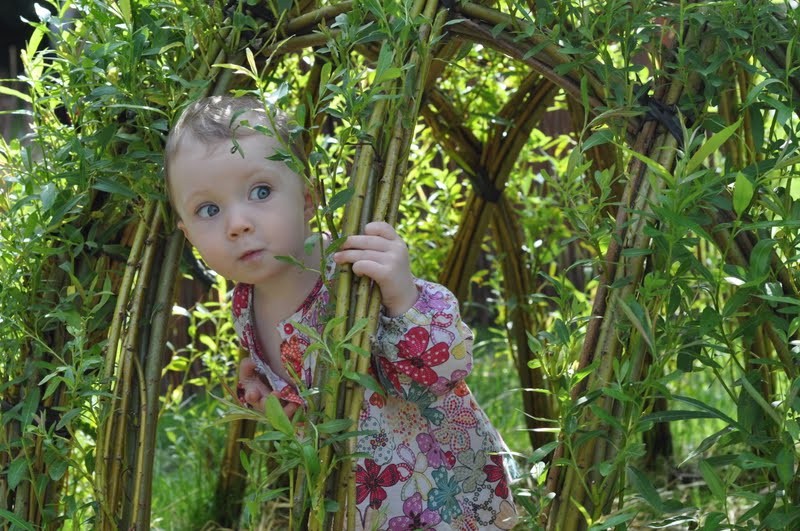

Living Willow Structure by Bonnie Gale
Bonnie Gale’s creations are a standout in any garden. She uses living willows to craft beautiful, self-sustaining sculptures that offer more than just visual appeal. These structures serve practical purposes like providing shade and breaking the wind. If you’re looking to add a striking feature to your garden that blends art with functionality, Bonnie’s designs are a perfect choice.

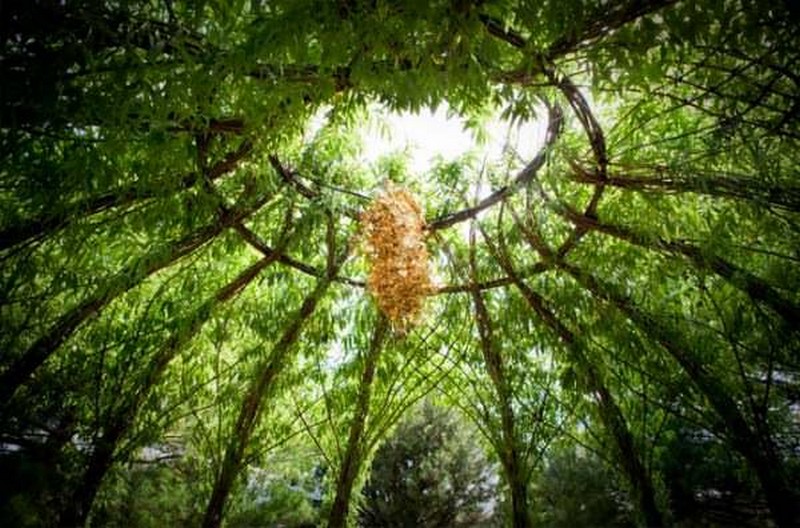

Living Willow Tree Structure
Imagine a structure that grows upward like a natural tree. This living willow structure starts with simple rods that are bent and intertwined to form a stunning, tree-shaped sculpture. It’s not just a delight to look at; over time, it grows into a robust living space where you can unwind or let kids play, truly a dynamic addition to any outdoor space.

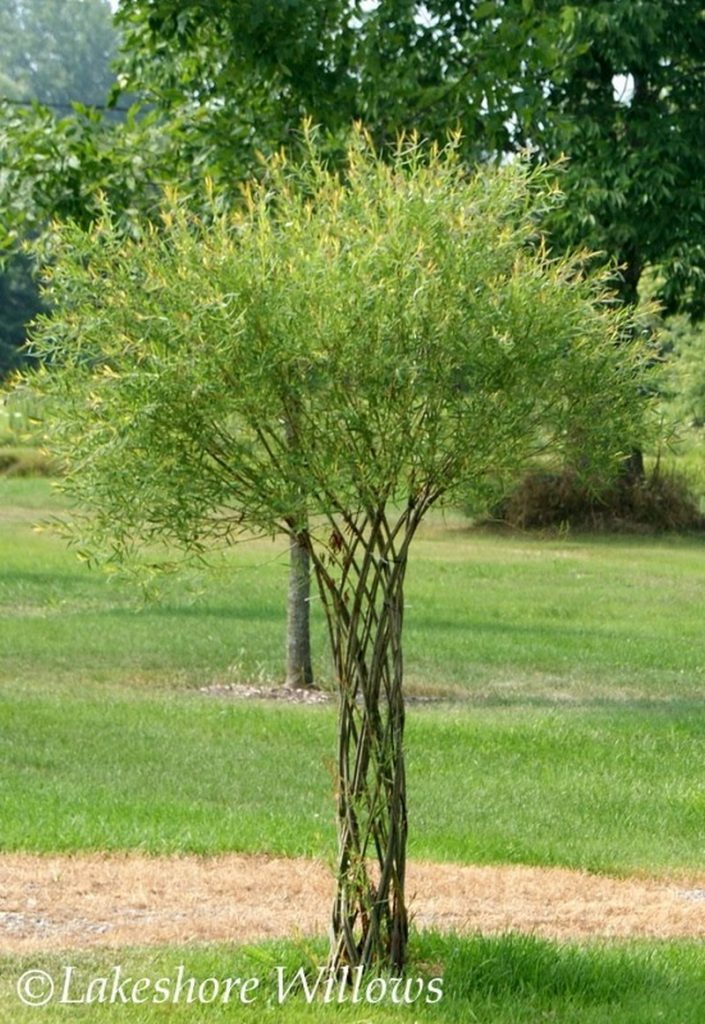

Living Fence
Swap out your traditional fence for something greener. A living willow fence is thick, lush, and grows stronger each year. It’s not just a barrier but a habitat for wildlife, weaving your garden into the local ecosystem. It’s as functional as it is beautiful, providing privacy and a seasonal display of foliage and flowers.
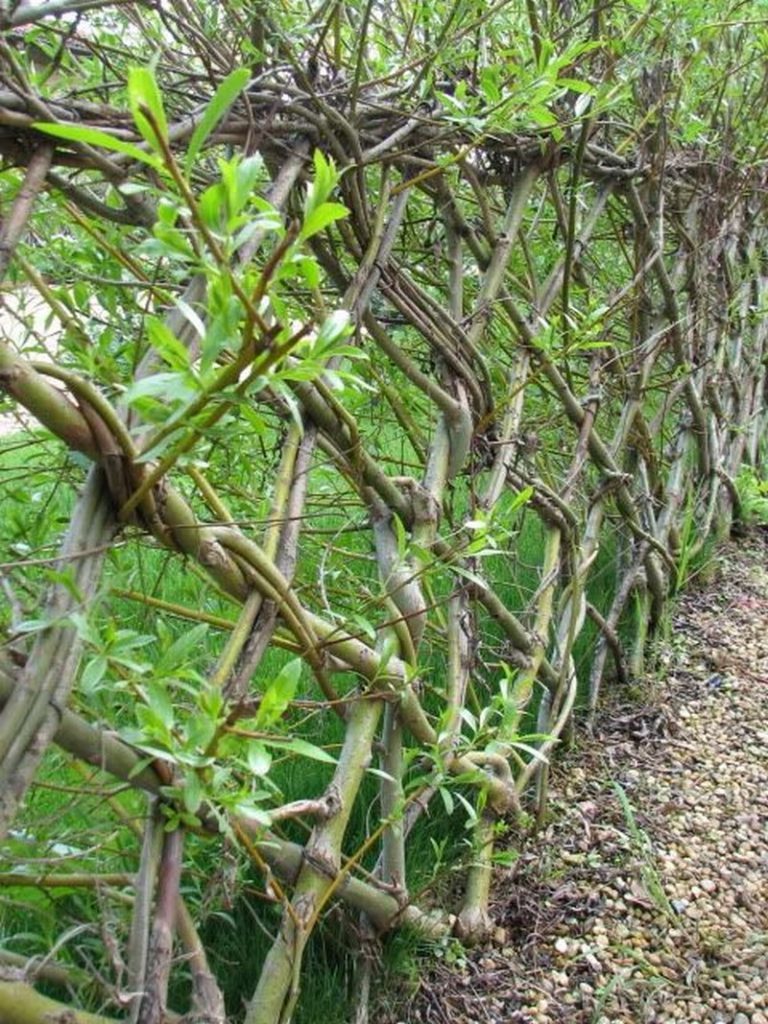
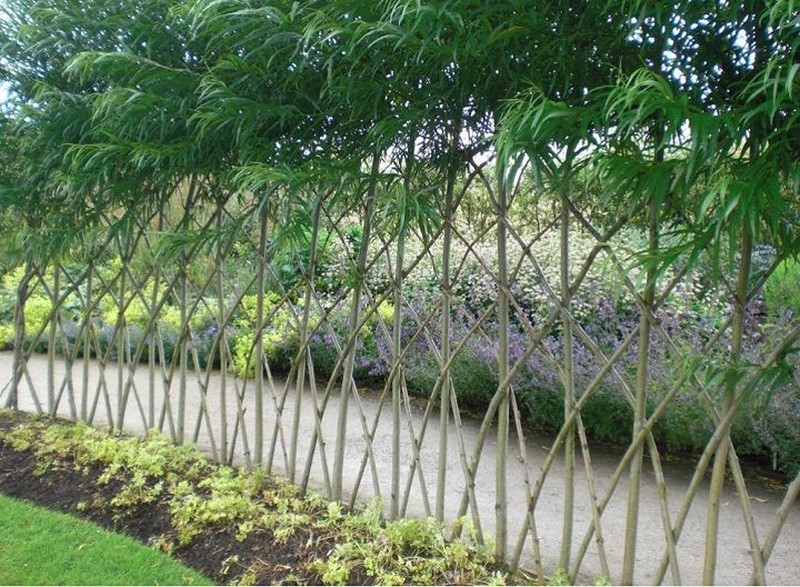

Living Teepee
The Living Teepee is a playful and imaginative living willow structures that brings a touch of adventure to any garden. Designed to mimic the traditional teepee shape, this structure is made by planting willow rods in a circular pattern and weaving them into a conical form.
As it grows, the Living Teepee becomes a natural hideaway, perfect for children’s play or a quiet spot to enjoy the outdoors. It’s not only a functional space but also a living art piece that evolves seasonally.

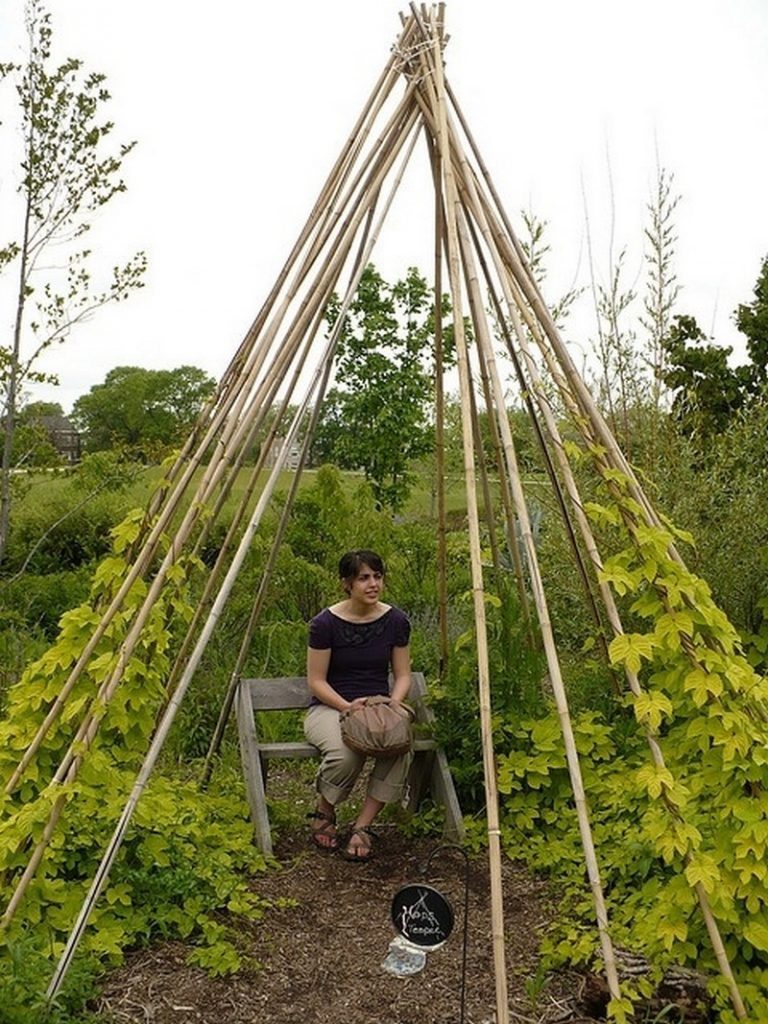
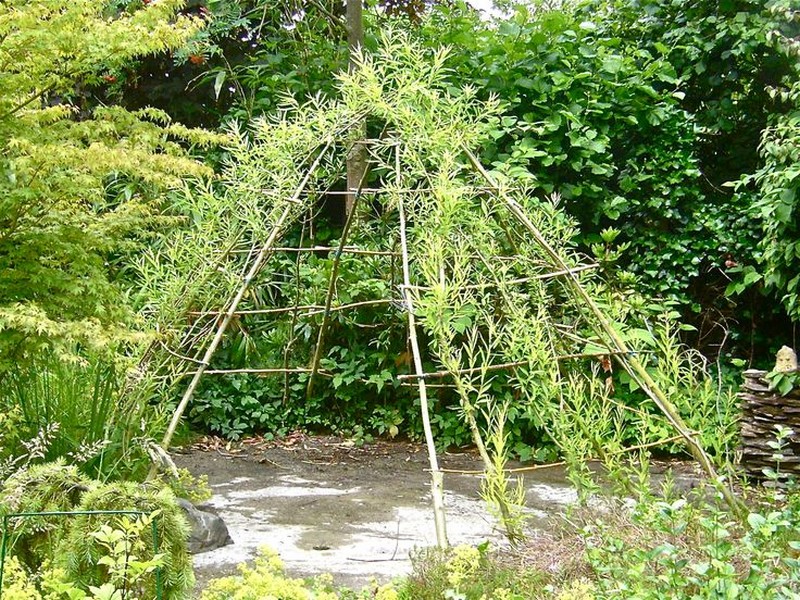
Living Igloo
Step into a world of green with the Living Igloo, dome-shaped living willow structures that offers a unique outdoor experience. This cozy, igloo-like space is formed by bending and intertwining willow rods over a frame until they form a sturdy, self-supporting structure. Ideal for use as a garden retreat or a whimsical focal point, the Living Igloo grows denser with foliage each year, providing a cool, shaded spot in summer months.
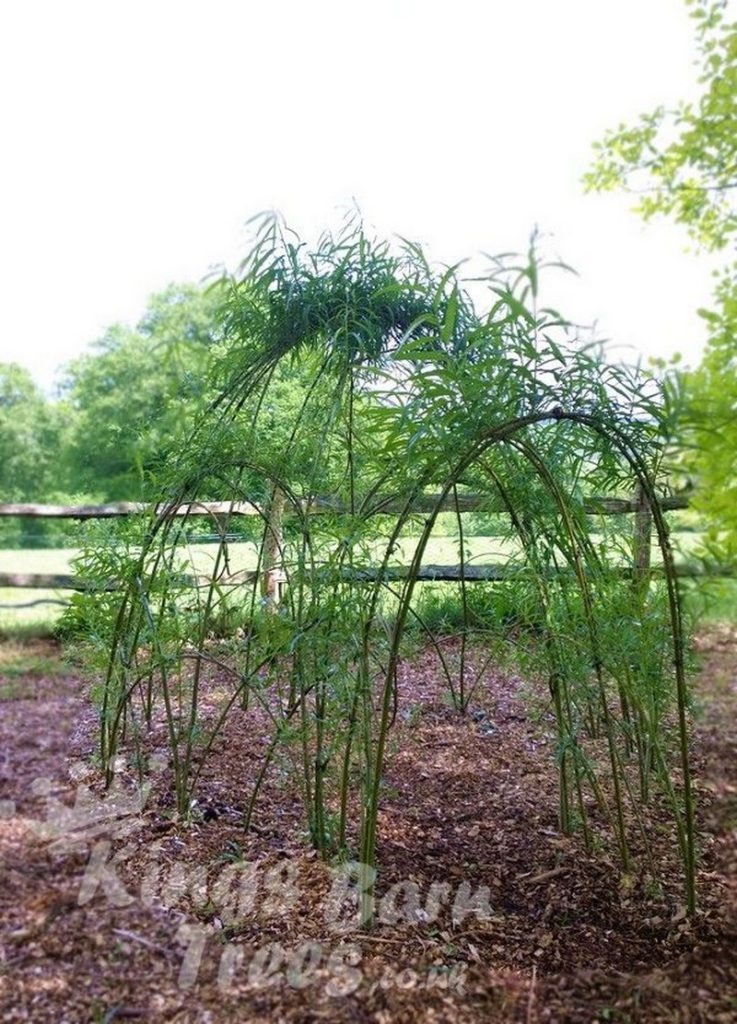
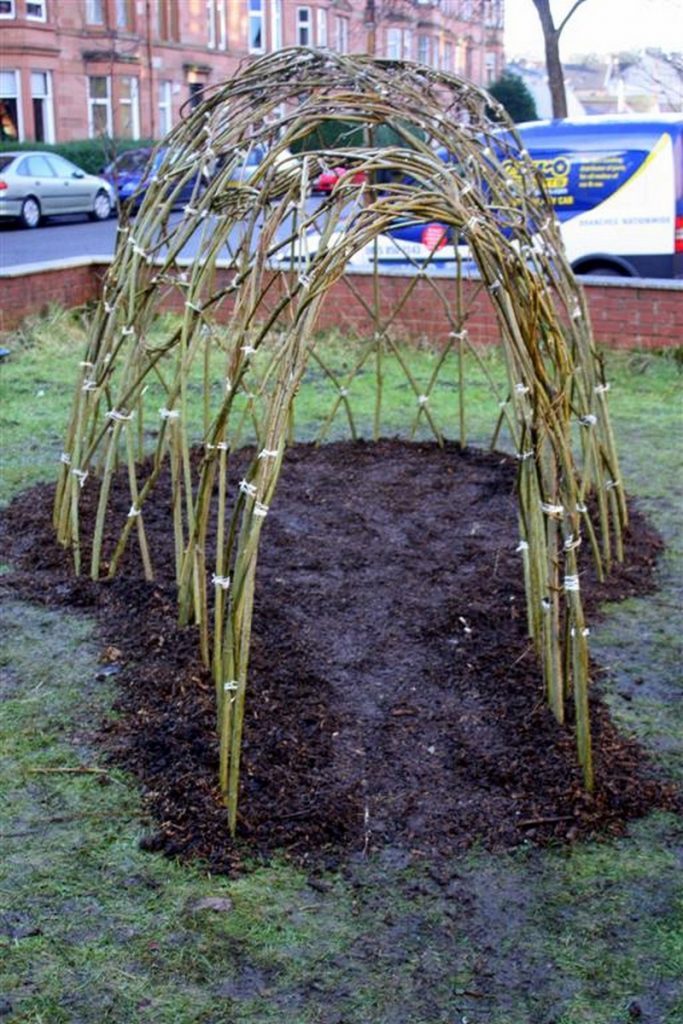
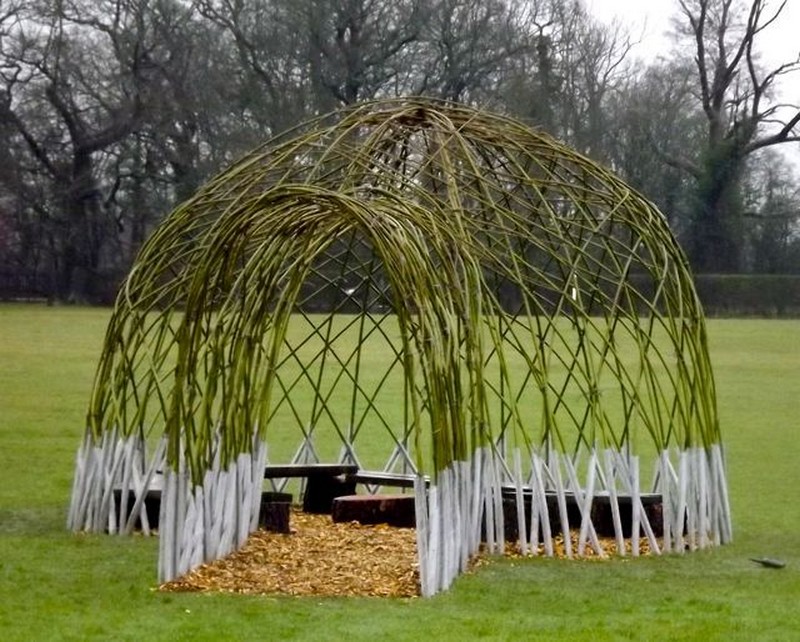
Living Willow Tunnel
Transform your garden path into an enchanting journey with the Living Willow Tunnel. This structure is created by planting rows of willow on either side of a pathway and weaving them overhead to form a natural archway. As the willows mature, they fuse together to create a lush, green tunnel that invites visitors to walk through a living corridor of leaves and light. This is one of the living willow structures that not only adds a magical touch to your garden but also offers a delightful sensory experience as you pass through.

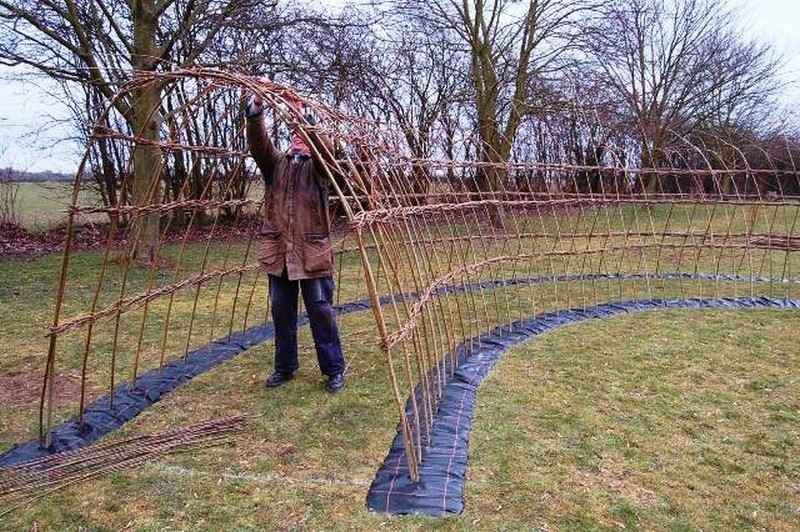
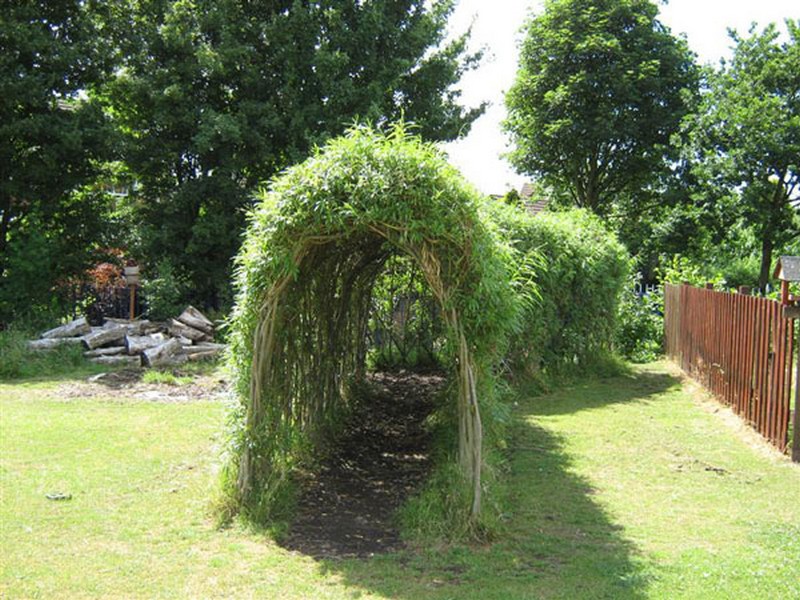
Willow Arch
Enhance your garden’s entrance with the Willow Arch, a living willow structure that adds a touch of natural elegance. Perfect for marking transitions between different garden areas or as a decorative element for special occasions.
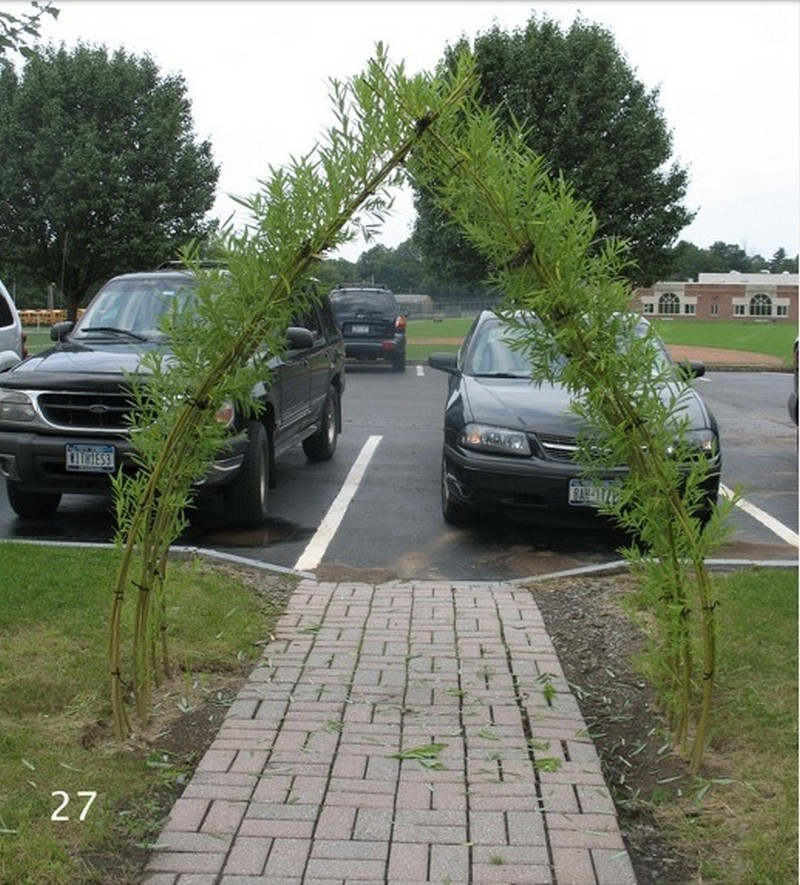
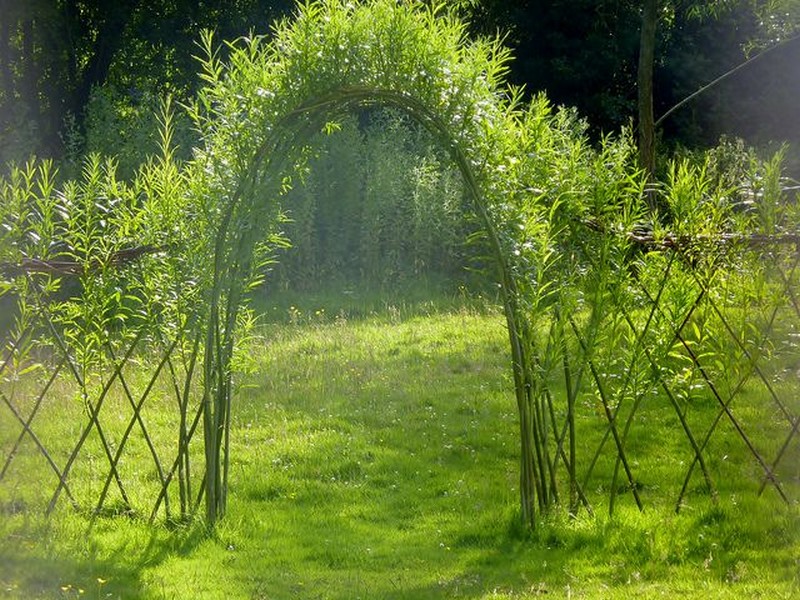
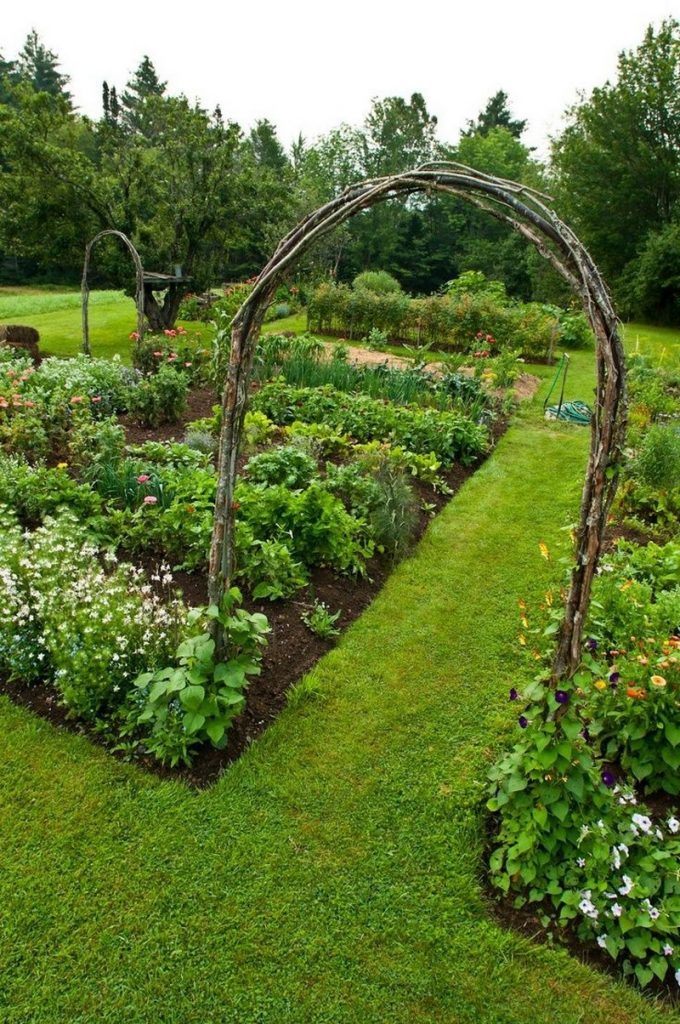
Living Seat Shelter
Discover the charm of the Living Seat Shelter, a unique willow structure designed for comfort and seclusion. This living shelter is ideal for adding a serene seating area to your garden, where you can relax surrounded by lush willow growth.
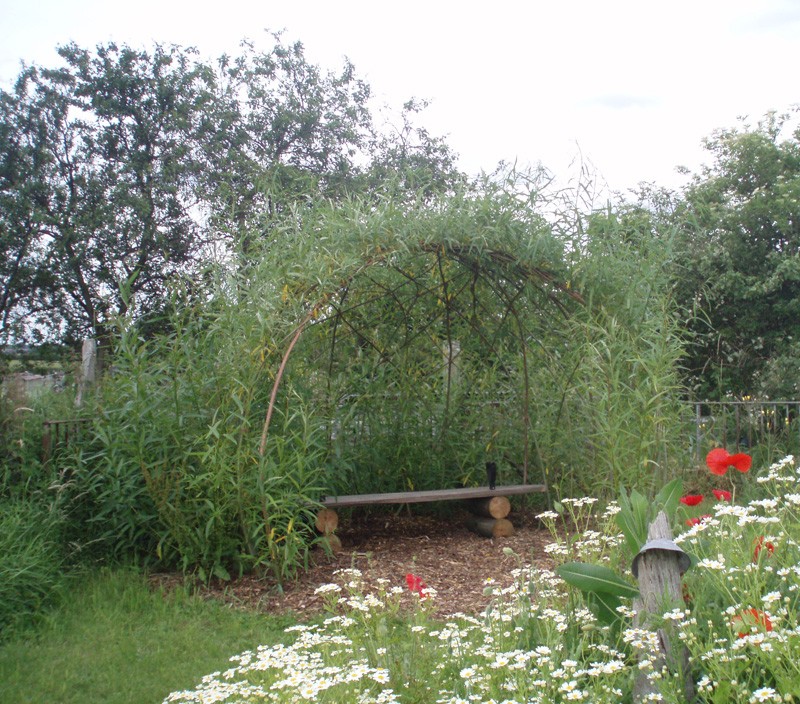

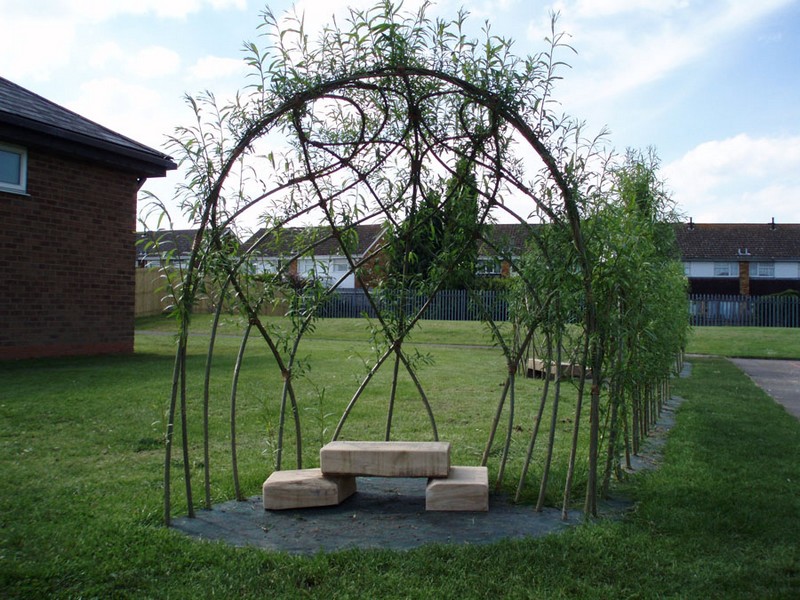
Maintenance Tips for Living Willow Structures
Living willow structures are dynamic additions to any garden, offering both aesthetic appeal and functional spaces. However, to keep these natural artworks thriving and beautiful, regular maintenance is essential.
Here are some practical tips to help you care for your living willow structures.
Regular Watering
Living willow structures need plenty of water, especially during the first few years and in dry seasons. Ensure the soil around the base remains moist but not waterlogged. For mature structures, a good soaking once a week should suffice, but younger willows may need more frequent watering.
Seasonal Pruning
Pruning is crucial to maintain the shape and health of your living willow structures. In early spring, before the sap rises, trim any dead or unwanted branches to encourage new growth. This is also the time to shape your structure, whether it’s a willow arch, tunnel, or dome, to keep it looking tidy and contained.
Weaving and Tying
As new branches grow, they may need to be woven back into the structure to maintain its strength and shape. Use soft ties or natural twine to secure branches in place without damaging the willow. This is particularly important for structures like the living willow tunnel or arch, where maintaining the form is essential for aesthetic and structural reasons.
Mulching and Fertilizing
Apply a layer of mulch around the base of your living willow structures in spring to retain moisture, suppress weeds, and provide nutrients. Use organic mulch like bark or wood chips, which will enrich the soil as they decompose. Fertilizing isn’t usually necessary, but if growth seems sluggish, a balanced slow-release fertilizer can be applied in early spring.
Pest and Disease Monitoring
Keep an eye on your living willow structures for signs of pests or disease. Common issues include aphids, which can be washed off with a hose, or fungal diseases, which may require removal of affected parts. Healthy, well-maintained willow structures are less likely to suffer from these problems but monitoring is key to early detection and treatment.
Winter Care
In colder climates, protect the base of your living willow structures from extreme cold and frost. Covering the base with extra mulch can help, and in very harsh environments, consider wrapping the lower parts of the structure with burlap or a similar breathable material.
Maintaining your living willow structures with these steps will ensure they remain beautiful and functional for years to come, enhancing your garden’s landscape and providing a natural retreat.
Benefits of Living Willow Structures to the Ecosystem
Living willow structures are not only visually striking additions to any garden or landscape but also play a significant role in enhancing the local ecosystem. These natural installations contribute positively to environmental health in several ways. Here’s how incorporating living willow structures into your space can benefit the ecosystem.
Biodiversity Boost
Living willow structures provide a habitat for a diverse range of wildlife. By creating dense, leafy shelters, these structures offer an ideal environment for birds, insects, and small mammals. As living habitats, they become nesting sites in spring and safe havens from predators. The variety of creatures attracted helps to maintain a balanced ecosystem, promoting biodiversity in your garden.
Air Quality Improvement
The growth of living willow structures contributes significantly to air purification. Willows, like all trees, absorb carbon dioxide and release oxygen through the process of photosynthesis. By incorporating living willow structures such as arches, tunnels, or fences, you’re effectively increasing the leaf surface area in your garden, which enhances the air-cleansing process. This makes them valuable allies in urban areas, where improving air quality is a constant challenge.
Soil Stabilization and Enhancement
Living willow structures play a crucial role in soil health. Their root systems help stabilize the soil and prevent erosion, particularly in areas susceptible to runoff or where the land is bare. Additionally, as willow leaves fall and decompose, they enrich the soil with organic matter, improving soil structure and fertility. This natural process encourages other plant life to thrive alongside the willow structures, creating a healthier and more robust garden ecosystem.
Natural Cooling
Living willow structures also contribute to the local microclimate by providing natural cooling effects. The shade cast by these structures lowers ground temperatures and reduces the heat island effect commonly observed in paved or urban areas. This cooling is not only beneficial for human comfort but also for other plants in the garden, which may be prone to heat stress during the warmer months.
By integrating living willow structures into your landscape, you are not just enhancing the visual appeal of your space but also contributing significantly to the ecological health of your local environment. These structures offer a sustainable, dynamic solution for making your garden a thriving part of the local ecosystem.
Conclusion
Living willow structures offer a unique blend of aesthetic appeal and functionality for any home garden. These natural, sustainable creations provide privacy, shade, and a habitat for wildlife, enhancing both the beauty and biodiversity of outdoor spaces. By choosing to incorporate living willow structures, homeowners can enjoy a dynamic, eco-friendly addition that evolves with the seasons.
If you liked this, you might also like these gardening ideas…









